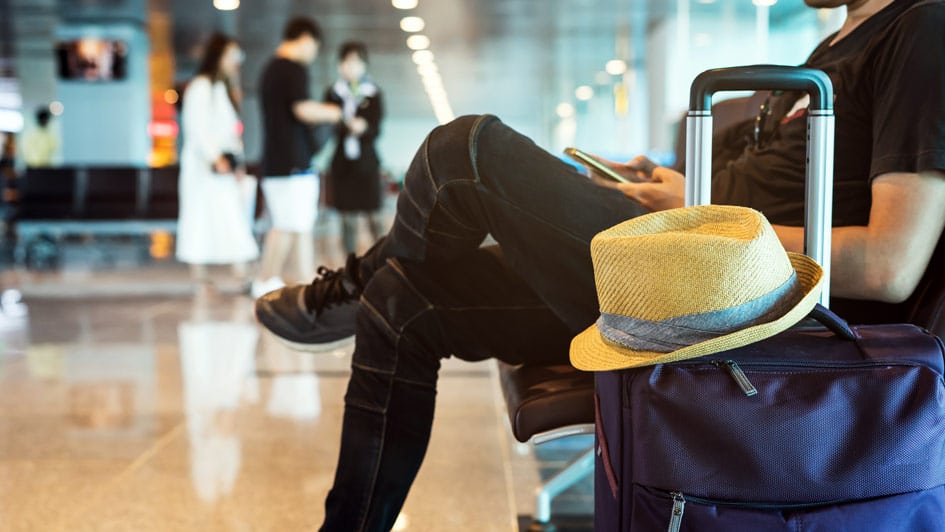
What to Set Your Thermostat to When Away
From a much-needed vacation or a long trip for work, taking a trip means making preparations for your HVAC system. You don’t need it while you’re not home, so you can make adjustments as needed to limit your energy use. Simultaneously, you don’t want to just turn it off for the entire time you’re out of the house.
Instead, it’s ideal to leave your HVAC system on and adjust the temperature depending on the season. That way you can minimize energy costs without stressing about getting back to an uncomfortable home. We’ll explain why you shouldn’t turn your HVAC system off as well as the best thermostat settings for various times of year.
Here’s Why You Don’t Leave Your Thermostat on Hold
While you might be tempted to turn your HVAC system off before a trip, this will sometimes end up leading to big problems by the time you get back. This is notably true in case the weather will be severely hot or cold while you’re out of town.
For instance, turning the HVAC system down in the summer could produce very high humidity. Not only will your home feel gross when you come back, but it may have also invited mold/mildew growth or pest infestations.
And over the winter, not using the furnace could lead to pipes freezing up or even bursting. It’s exhausting to return home from a long trip only to discover considerable water damage close to a broken pipe.
Energy-Efficient Thermostat Settings While at Work
You can adjust the temperature even when you’re just going to work. Since you’re not home for 8 hours or more, it doesn’t help your monthly energy bill to keep an empty home at the same temperature you’d usually have. In general, it’s recommended to raise the thermostat by 5 degrees or so. Meaning that if you prefer a comfortable 72 degrees, think about adjusting it to 76-77 while you’re at work.
But you may save even more if you’re willing to further adjust the temperature. As stated by the Department of Energy, you could save about 10% on your HVAC expenses by raising the temperature by about 7-10 degrees.
Energy-Efficient Thermostat Settings While on Vacation in Summer
If you’re on an extended trip in the heart of summer, you can make larger adjustments. This helps you avoid using too much energy while still safeguarding your home from the hassles that come with leaving it without air conditioning. About 5 degrees is recommended for brief trips while closer to 10 degrees is worthwhile if you’ll be away from home for 2 weeks or more. If you like keeping the house at 72 in the summer, 78-82 can offer the best results.
Best Thermostat Settings While On a Trip in Winter
To determine the ideal thermostat setting for a winter vacation, just lower the temperature by the same amount you would raise it in summer. 68 is a common winter thermostat setting, so lowering it to 63-58 will prevent ice from forming on pipes while restricting how long your furnace runs.
A Smart Thermostat Can Help: Advantages of a Smart Thermostat
An ideal strategy to optimize your home’s HVAC system while away from home is using a smart thermostat. This innovative type of programmable thermostat uhttps://www.abileneairtech.com/blog/ses intelligent software to track your preferred comfort habits. It learns these preferences and makes automatic changes to the schedule for higher energy efficiency. And with Wi-Fi integration, you can remotely adjust your heating and cooling from a smartphone or tablet.
Smart thermostats are packed with features to help you save on your energy bill. For instance, some models can observe electricity prices to increase heating or cooling when prices are more affordable. They can be used with high-efficiency, variable-speed equipment to refine how long your HVAC system needs to run. It’s the perfect tool to simplify how you control your comfort system. If you’re considering investing in a smart thermostat, there are a variety of ways you can bring down your costs, effectively getting a smart thermostat for free. The next time you are away from home, you can appreciate true peace of mind that your HVAC system won’t cause any trouble while you’re away from home.
Don't wait until your AC breaks down - get a professional maintenance check now.
Contact



